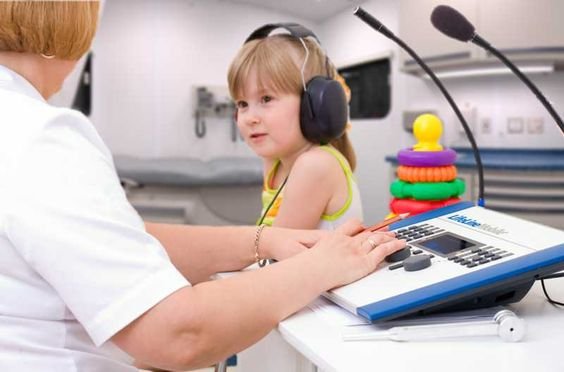Embracing Clarity: The Evolution of Digital Hearing Aids.
As technology continues to advance, so too does its impact on healthcare. One significant stride in this realm is the development and widespread adoption of digital hearing aids. These innovative devices have revolutionized the way individuals with hearing impairments experience the world around them. In this article, we’ll explore the evolution of digital hearing aids, their features, and the transformative effect they have on the lives of those with hearing challenges.
The Journey from Analog to Digital
A. Analog Hearing Aids
- Early devices amplified all sounds, lacking precision.
- Limited customization, leads to challenges in differentiating between background noise and speech.
B. Digital Hearing Aids
- Introduction of microprocessors for signal processing.
- Enhanced customization, allowing for targeted amplification and noise reduction.
Key Features of Digital Hearing Aids
A. Signal Processing:
- Digital algorithms analyze and process incoming sounds in real time.
- Adaptive settings adjust to various listening environments for optimal clarity.
B. Customization
- Personalized programming to match the user’s specific hearing needs.
- Multiple program settings for different environments (e.g., quiet room, crowded restaurant).
C. Noise Reduction Technology
- Advanced algorithms distinguish between speech and background noise.
- Improved focus on relevant sounds, enhancing communication.
D. Connectivity
- Bluetooth technology for wireless connectivity with smartphones and other devices.
- Streamlining phone calls, music, and other audio directly to the hearing aids.
Types of Digital Hearing Aids
A. Behind-the-Ear (BTE)
- Rests behind the ear with a tube delivering sound to the ear canal.
- Suitable for a wide range of hearing losses.
B. In-the-Ear (ITE)
- Custom-fitted to sit in the ear canal.
- More discreet, and suitable for mild to moderate hearing loss.
C. Completely-in-the-Canal (CIC)
- Fits entirely in the ear canal, nearly invisible.
- Suitable for mild to moderate hearing loss.
IV. Benefits of Digital Hearing Aids:
A. Improved Sound Quality:
- Clearer, more natural sound reproduction.
- Reduced feedback and distortion.
B. Enhanced Speech Recognition:
- Focus on speech frequencies for better understanding.
- Filters out irrelevant background noise.
C. Greater Comfort and Convenience
- Customizable settings for various environments.
- Wireless connectivity enhances daily activities.
Overcoming Stigmas and Encouraging Accessibility
A. Increasing Awareness:
- Breaking down stereotypes associated with hearing aids.
- Promoting inclusivity and understanding within society.
B. Affordable Options:
- A range of digital hearing aids available to accommodate different budgets.
- Government and non-profit initiatives supporting accessibility.
Conclusion
Digital hearing aids have transcended traditional boundaries, offering individuals with hearing impairments a more personalized and effective solution. As technology continues to evolve, these devices play a crucial role in fostering inclusivity and empowering those with hearing challenges to fully engage in the audible world. Embracing clarity through digital innovation, the journey of digital hearing aids is not just about hearing better—it’s about living better.



